It might not look very exciting from the outside: A large black rotunda that has landed on the onetime “Death Strip” of the Berlin Wall like a spaceship. But inside an extraordinary panorama opens up.
It takes a lot of imagination to appreciate that less than 30 years ago on this very spot the Berlin Wall once stood, where today actors in uniform somewhat crudely imitate East Germany’s former border guards to the delight of numerous tourists. But the panorama by Yadegar Asisi, simply entitled “The Wall” revives the era of the division.
From a visitor’s platform inside the large rotunda you have the impression of looking out from Kreuzberg – then in West Berlin, over the graffiti-sprayed Wall into East Berlin, and consequently into a different country. “The stronger Socialism is, the stronger peace is” it says on the firewall of a gray house that still bears the visible scars from World War II in the autumn of 1980 depicted here. The whole thing seems so realistic you imagine you can hear the long-haired squatters singing on the West side and can see the border guard on his observation tower squinting sullenly through his binoculars. All you need to add in your mind is the smell of coal-burning stoves and damp basements that was not only a phenomenon back then but is still found in parts of Kreuzberg today.
Kreuzberg in the shadow of the Wall
It is not the first panorama Yadegar Asisi has developed, but it is his most personal: After fleeing with his family from Persia to East Germany in 1955, he moved to West Berlin in 1979. Here he lived not far from the “Anti-Fascist Protection Ramparts”, which formed a rift through the structure of the city but one with which people had somehow come to terms after all these years. Kreuzberg, which was located directly in the shadow of the Wall was run-down and dirty – and a popular place to live amongst creative professionals and people who ignore conventions.
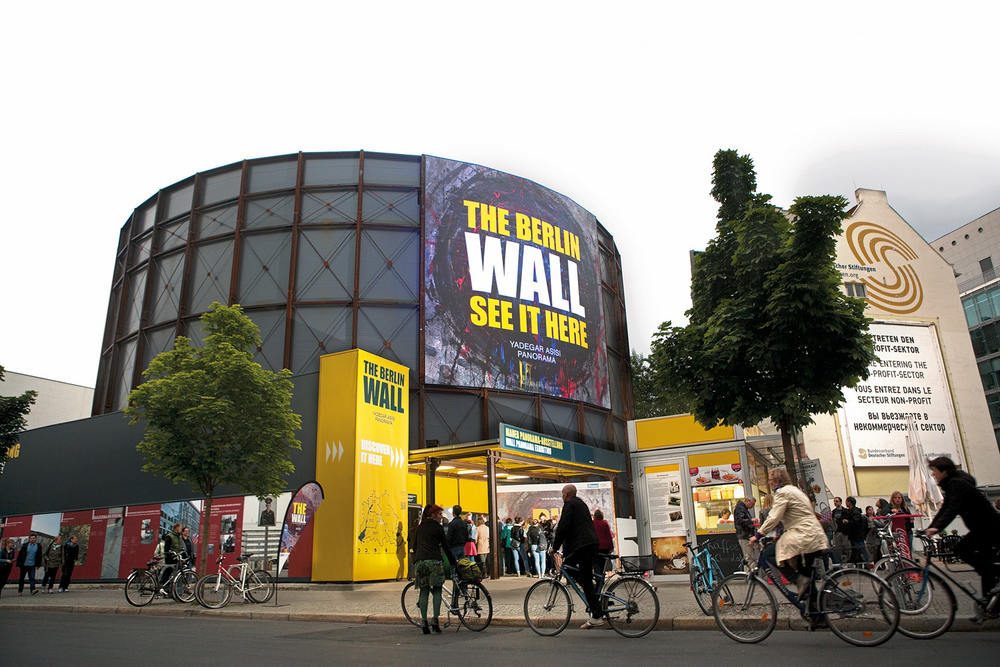
Though in his other panoramas – in Dresden, Leipzig or Rouen, France the artist consulted experts, for the Wall panorama he drew instead on his own recollections and roughly 50,000 photos, drawings and sketches from his private archive. After a three-year period of planning and construction for the building, in 2012 the Berlin panorama was complete: 60 meters long and 15 meters high, composed of 20 printed swathes of material sewn together to form a semicircular form.
Monumental war panoramas
Asisi takes up an art form that extends back to the latter years of the 18th century: In 1787 Robert Barker painted a panorama of his native city, Edinburgh in Scotland, had the concept patented and was hugely successful with the idea up until the 1830s with various panoramas in purpose-built houses. However, with the emergence of the cinema in the 1920s and 30s people lost interest in the panoramic views that now suddenly seemed old-fashioned and inert, and the motifs disappeared from the scene.
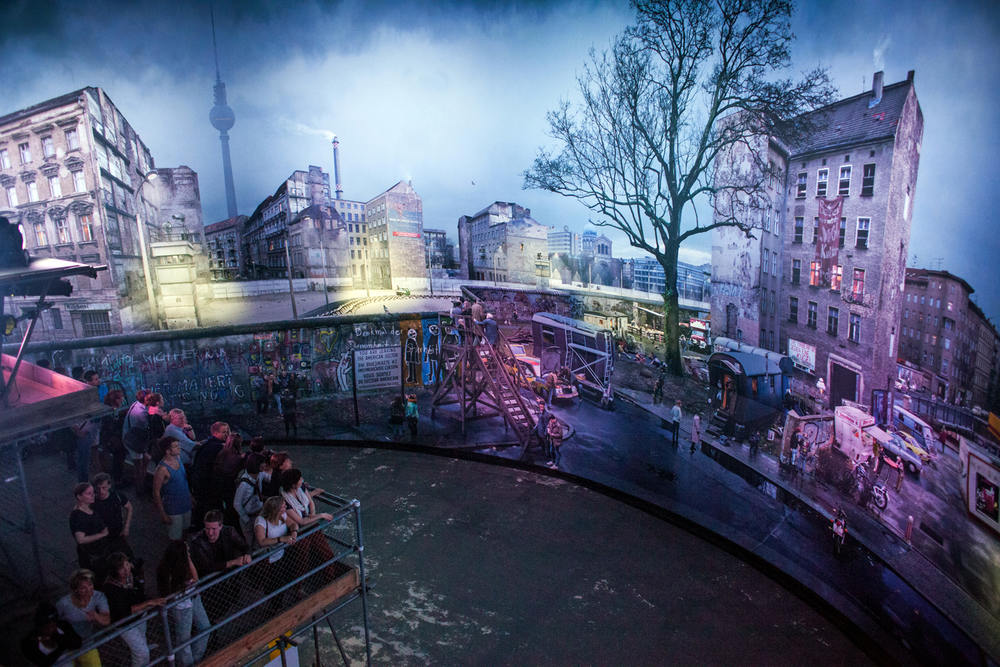
It was not until the late 1970s that at least in the East there was a renaissance of this artistic form in the monumental “Early Bourgeois Revolution in Germany” (Frühbürgerliche Revolution in Deutschland) by Leipzig artist Werner Tübke, which can still be visited in Thüringen today. The press spokesperson of the Asisi panoramas, Karsten Grebe, claims the renewed interest stems from the fact that we live in a world where we are inundated with images: “A panorama offers a place of retreat in which you can approach a topic in peace. That produces a highly contemplative form of perception. You are the director of your own stories, and can take in the image at your own speed – the level of your education is totally irrelevant.” Many visitors stay at least half an hour or an hour in the rotunda, and groups of school pupils from all over Germany visit.
The picture seems to come to life
Unlike a scientific diorama in which an actual three-dimensional scene is depicted behind a glass pane a panorama only looks three-dimensional, but is actually flat. The fact that visitors can nonetheless completely immerse themselves in this extremely condensed scenery and imagine they are there is largely due to the fact that there is not a one horizon line and central perspective, but several. Add to this the rounded nature of the building that turns observation into a three-dimensional experience: no matter where the eye looks and where you stand as a visitor you can discover new details, scenes and stories – the image seems to live.
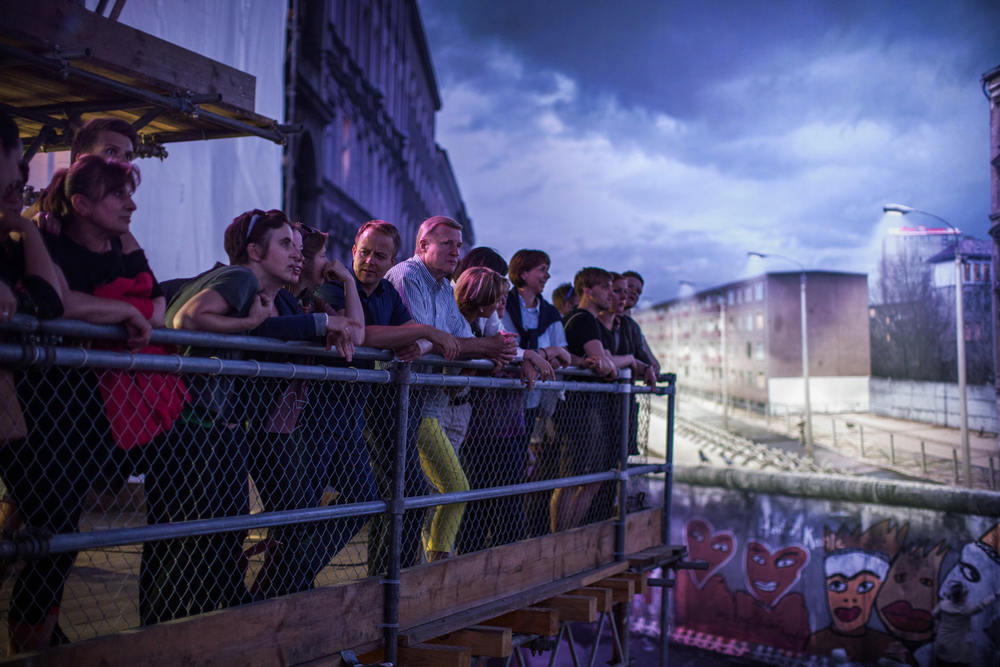
Asisi also relied on this technique for this Wall panorama. However, in creating the pictures the artist did not employ the traditional form of painting, but contemporary media: For the most part the composed image consists of photographs and scenes reconstructed using extras, which he calls “painting using contemporary tools”. Another important part of his panoramas is the use of light and sound. In Berlin there is a change between day and night, or a half-light in order to provide a setting for the quotes from journalists and politicians from this period. Finally, music was composed especially for this panorama that underscores its atmosphere.
“The Wall” is lived history for others to experience, which is primarily interesting for the generation born after the demise of Communism and fall of the Berlin Wall. “Nobody intends to build a wall,” we hear Walter Ulbricht intone from the loudspeakers – and almost 60 years later his statement has lost none of its cynicism.
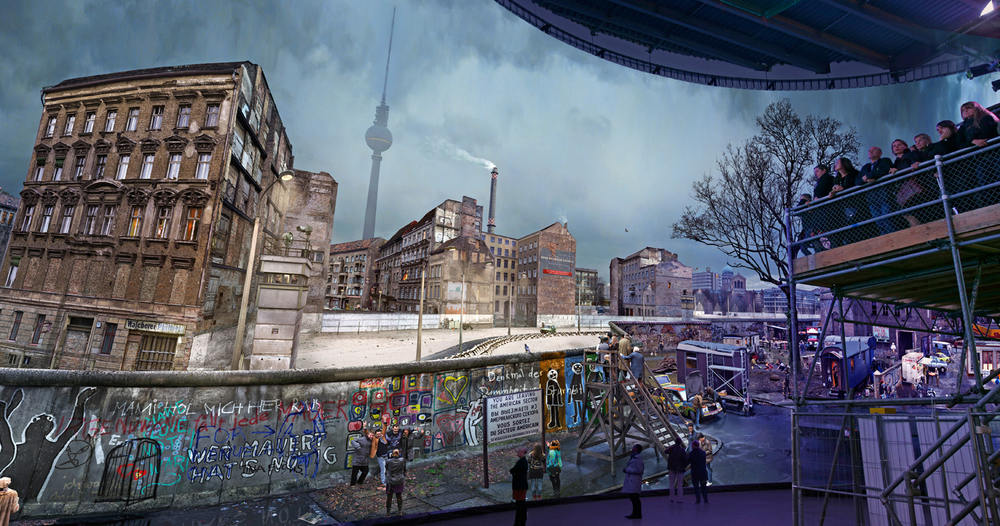
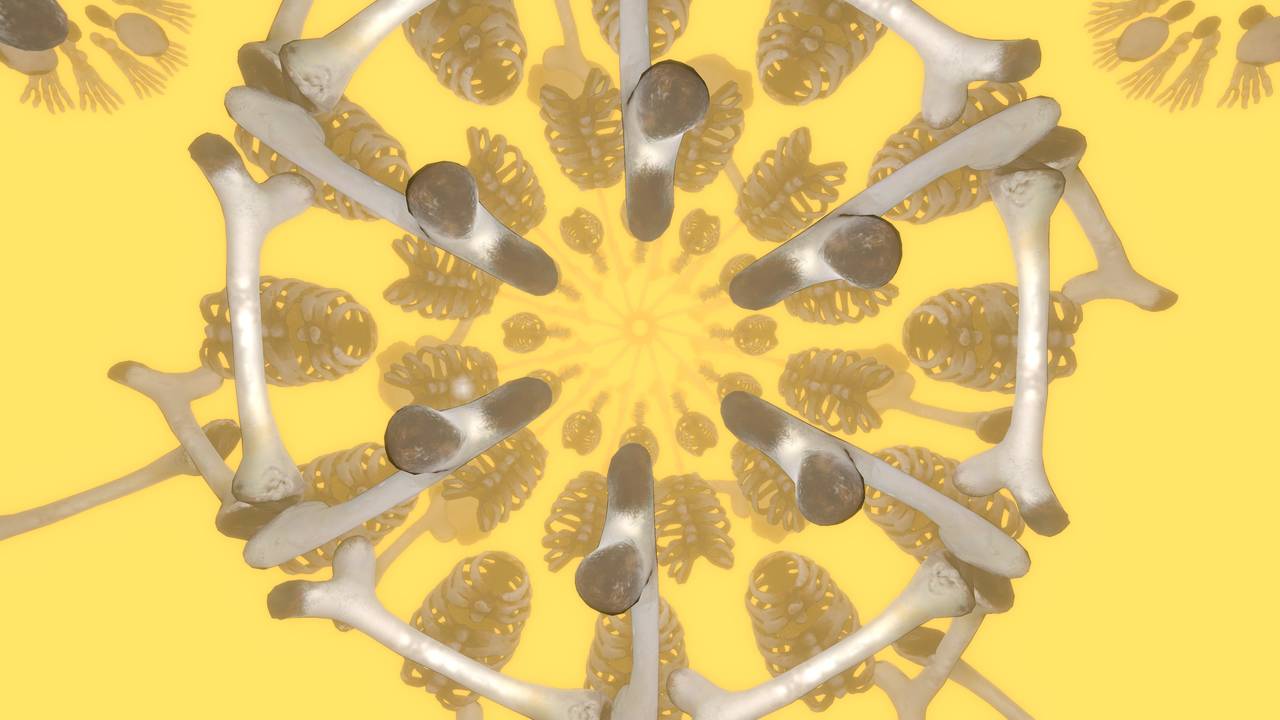
How Virtual Reality conquers the art world
Ever danced with a wolf? Artist duo Djurberg & Berg make it possible with their first virtual reality work. They are part of a young generation of...
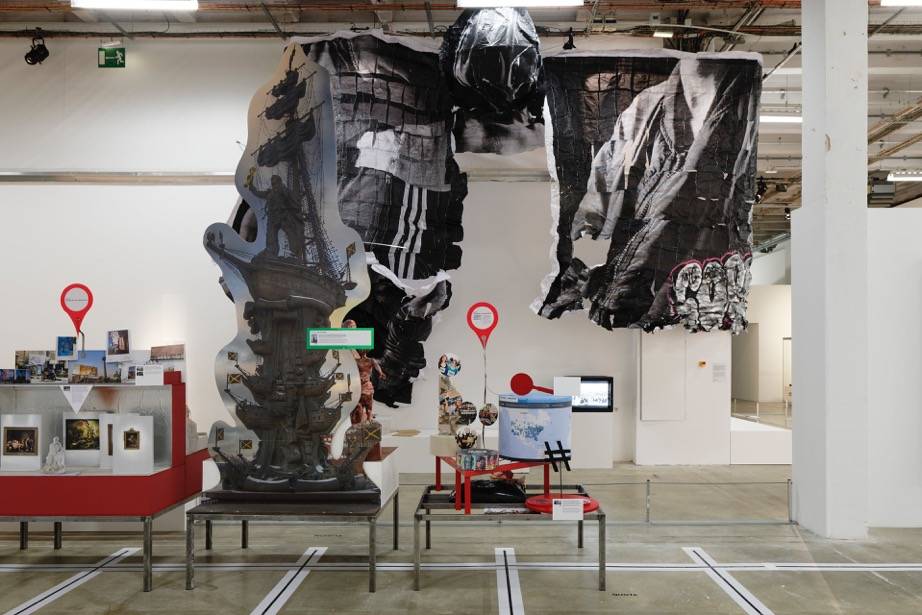
The enemy of my enemy
From August 23 onwards, a unique project by artist Neïl Beloufa will transform the SCHIRN into a stage. Palais de Tokyo is currently hosting Beloufa's...
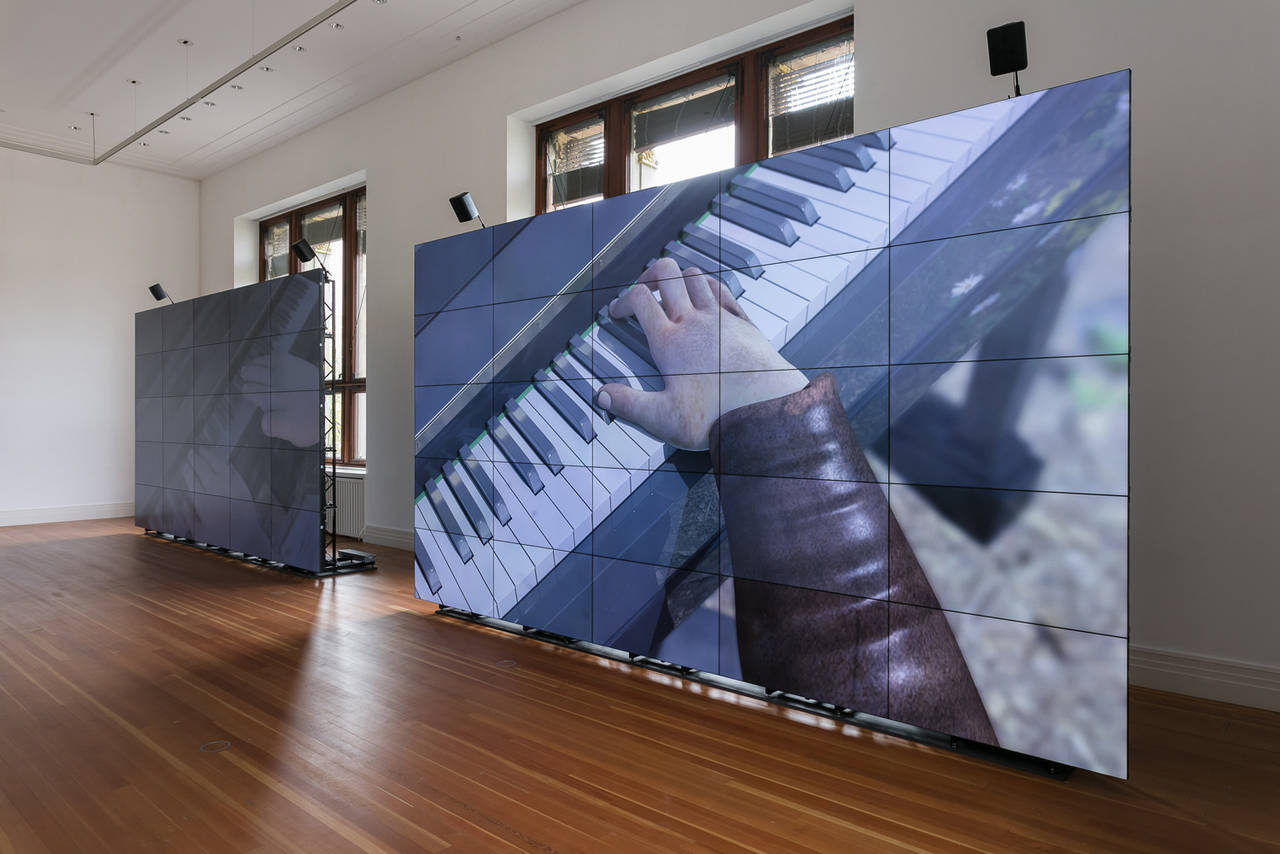
In the vicious circle of sadness
As part of the “Immersion” series, British artist Ed Atkins is presenting an exhibition at Martin-Gropius-Bau that addresses our ubiquitous escapism...
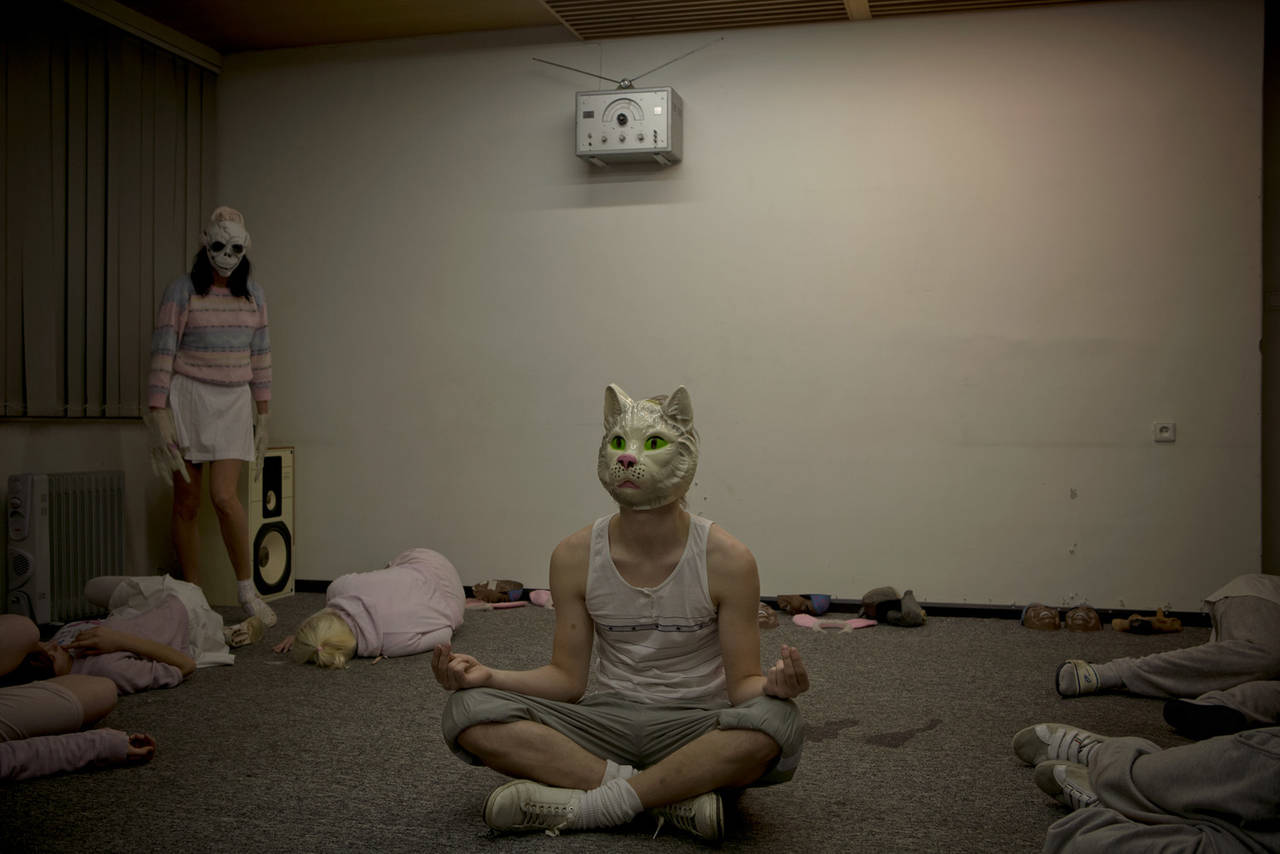
The border between reality and fiction
Its productions turn the theatergoer into an actor: An interview with performance collective SIGNA about immersion, fiction and its play “Das halbe...
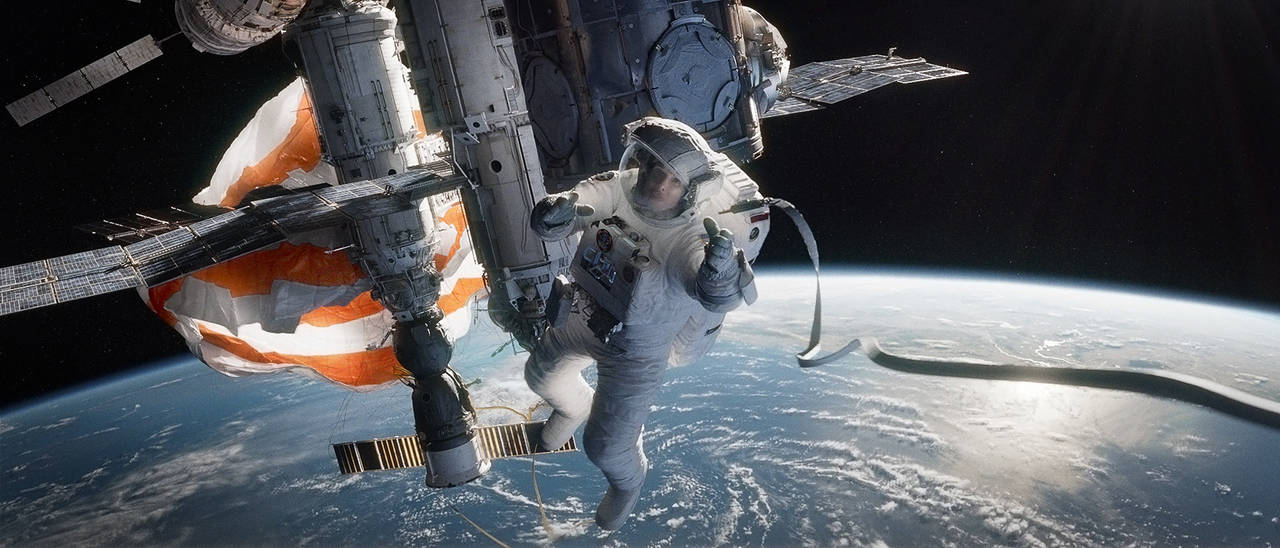
From window to pool
The distance between viewers and film is becoming ever smaller. Even 120 years ago, cinemagoers were jumping out of their seats as a locomotive...
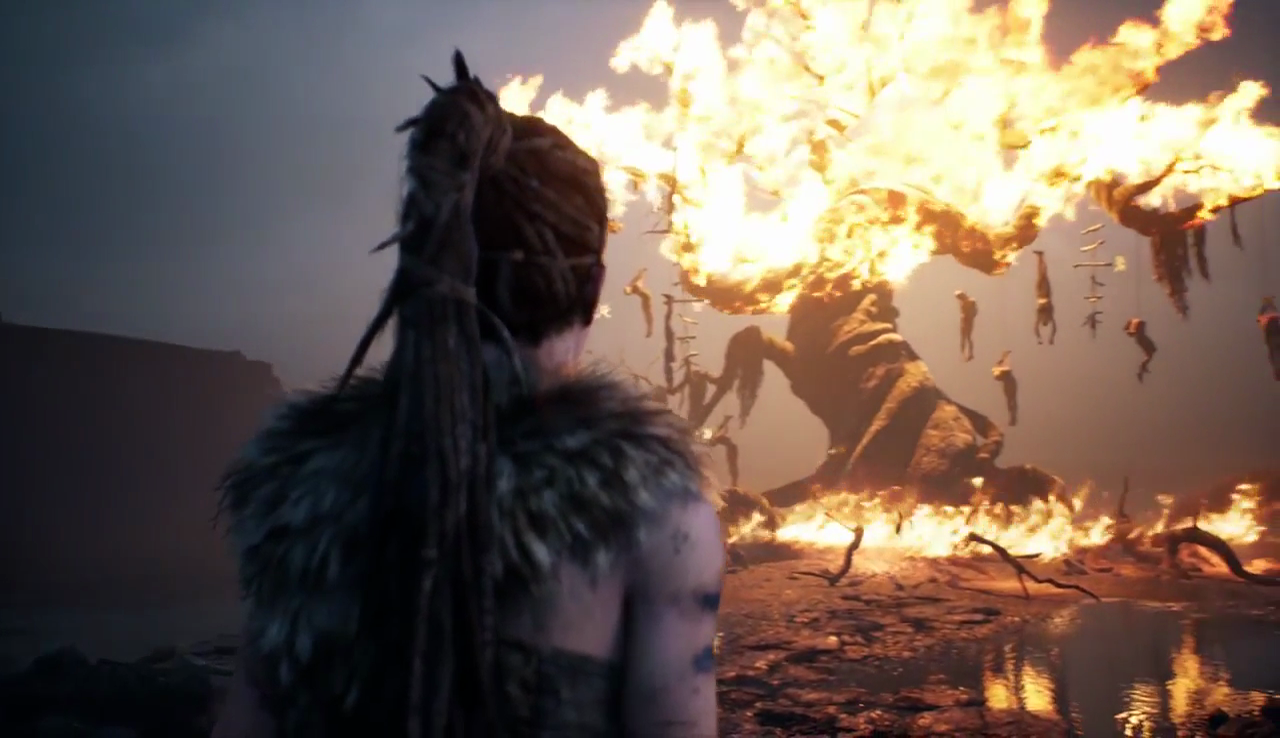
A walk-in diorama
These days, computer games are discussed in arts supplements. What is their appeal and how do they develop such a strong draw for people? Let’s play!
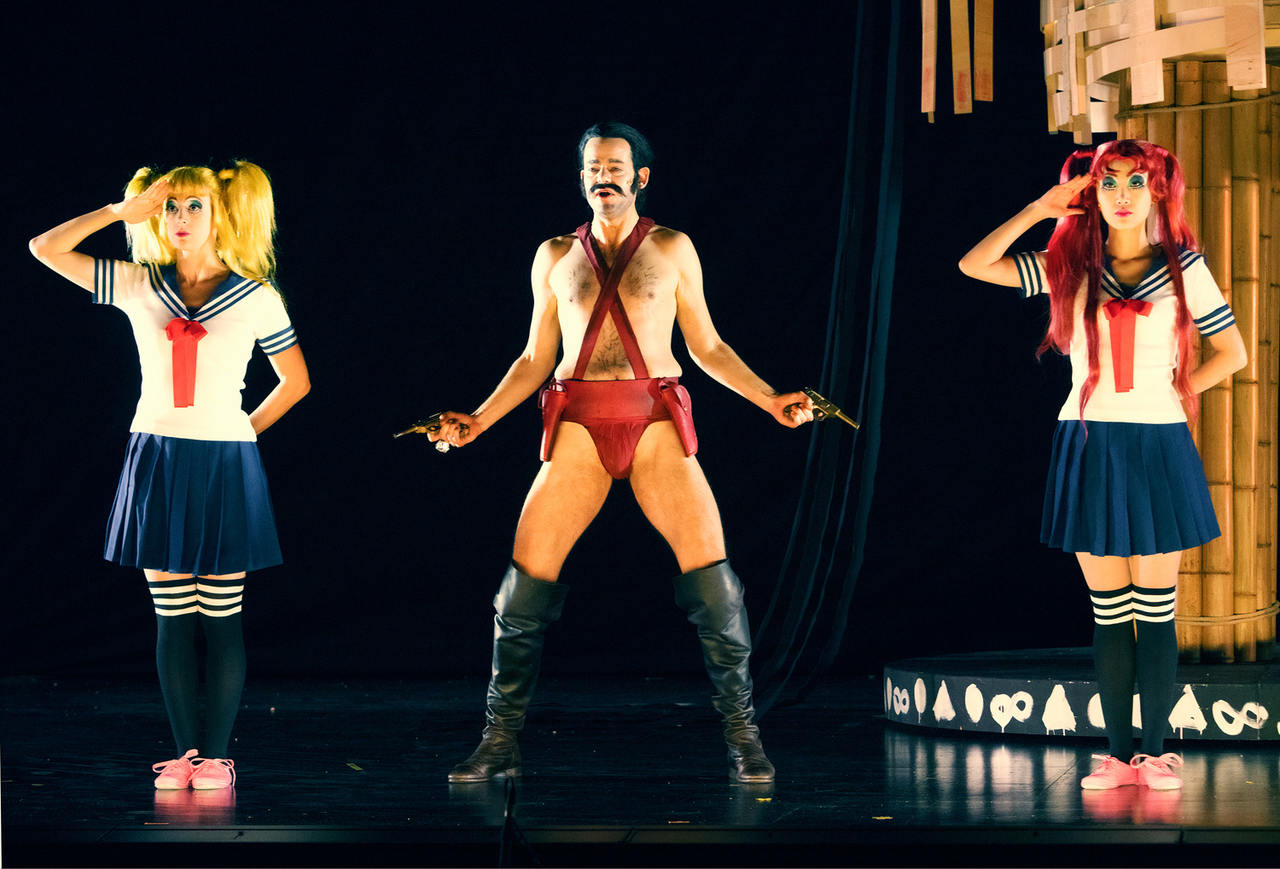
Hats off, it’s Wagner
The opera “Mondparsifal Beta 9-23” by Jonathan Meese at Berliner Festspiele draws visitors into a cosmos where logic plays only a subordinate role.
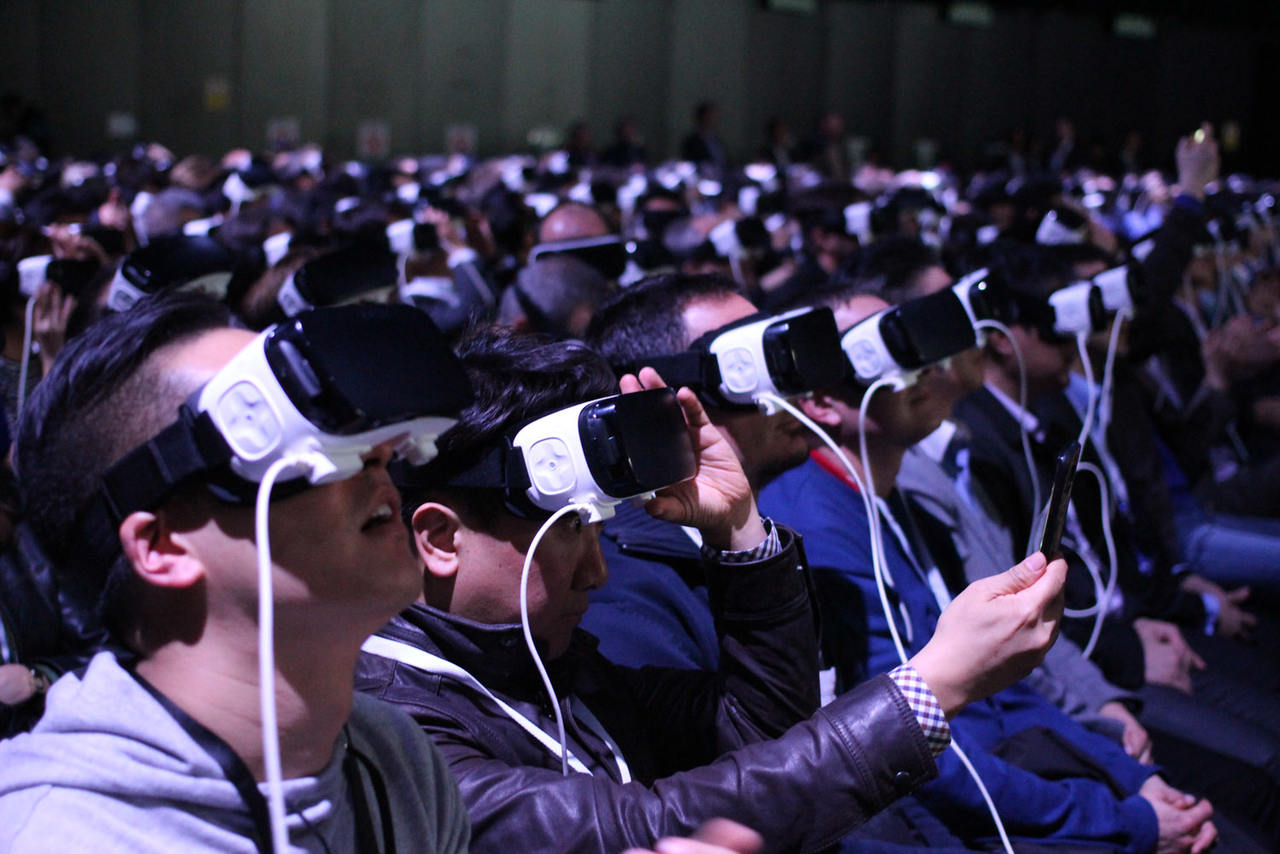
Complete dissolution
Is complete immersion in a virtual world a utopia or a dystopia? These and other questions are answered by Prof. Rupert-Kruse, immersion researcher,...
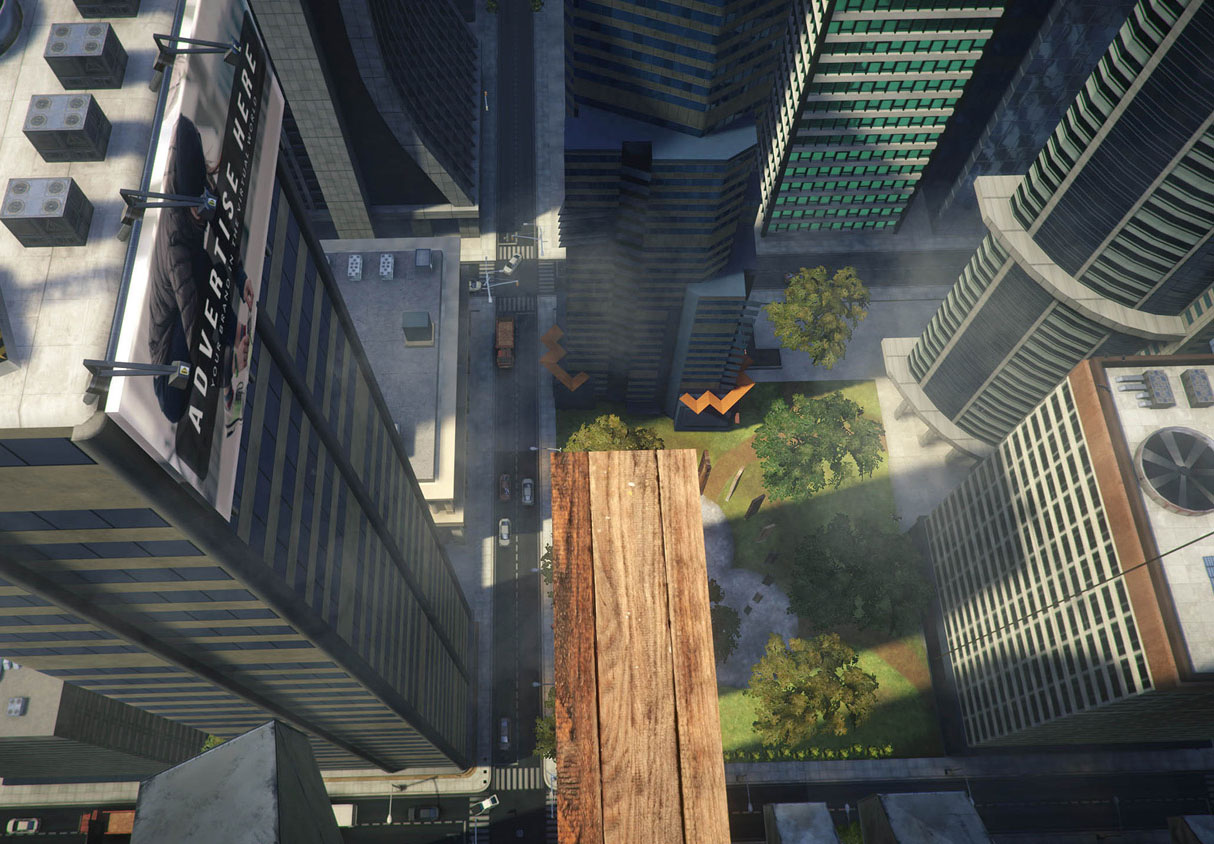
Noise interference from a distant world
An experience for all the senses: An exhibition at Kunstverein Frankfurt invites viewers to immerse themselves in virtual and constructed worlds
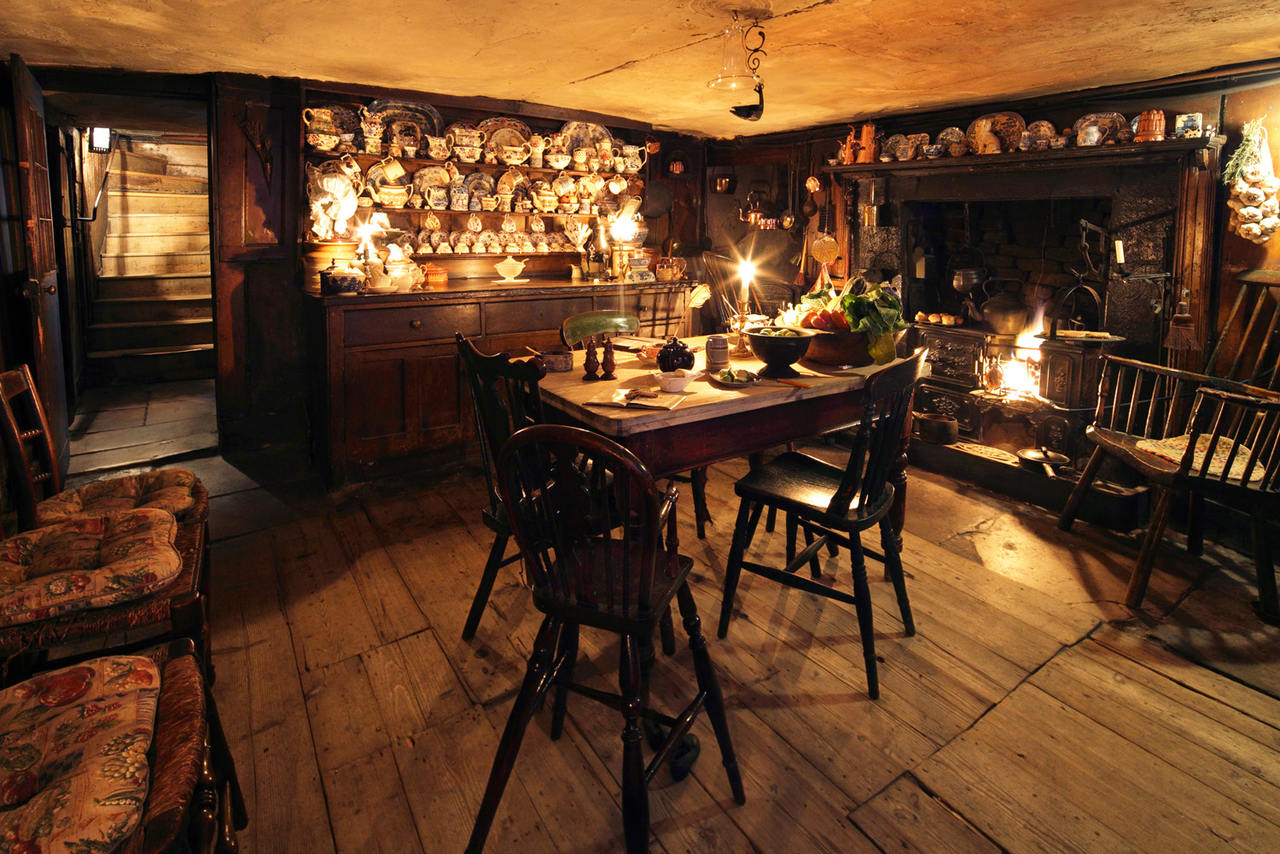
Who lives here?
Visitors can immerse themselves in a long bygone era at the Dennis Severs House in London. A truly great experience.